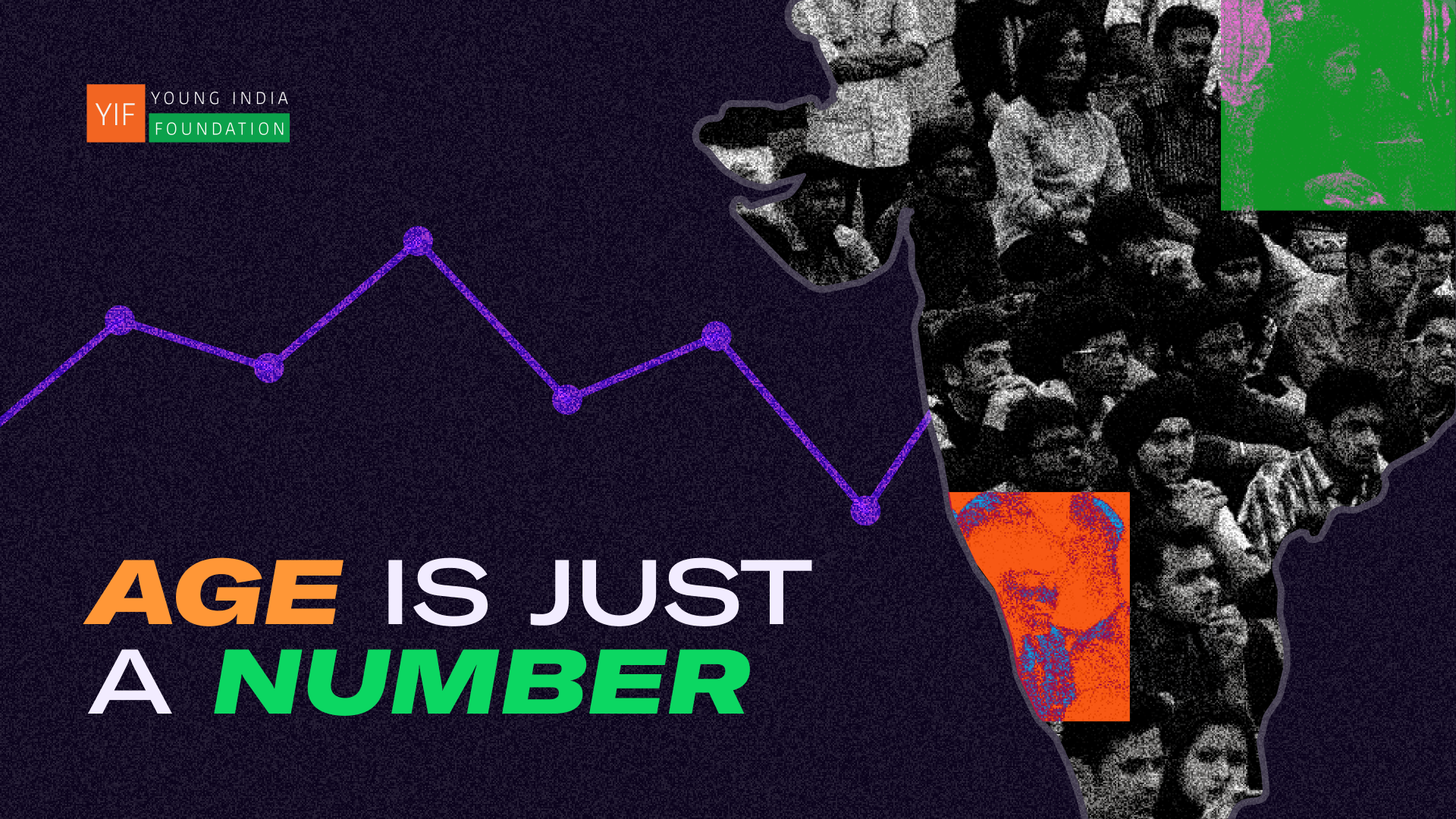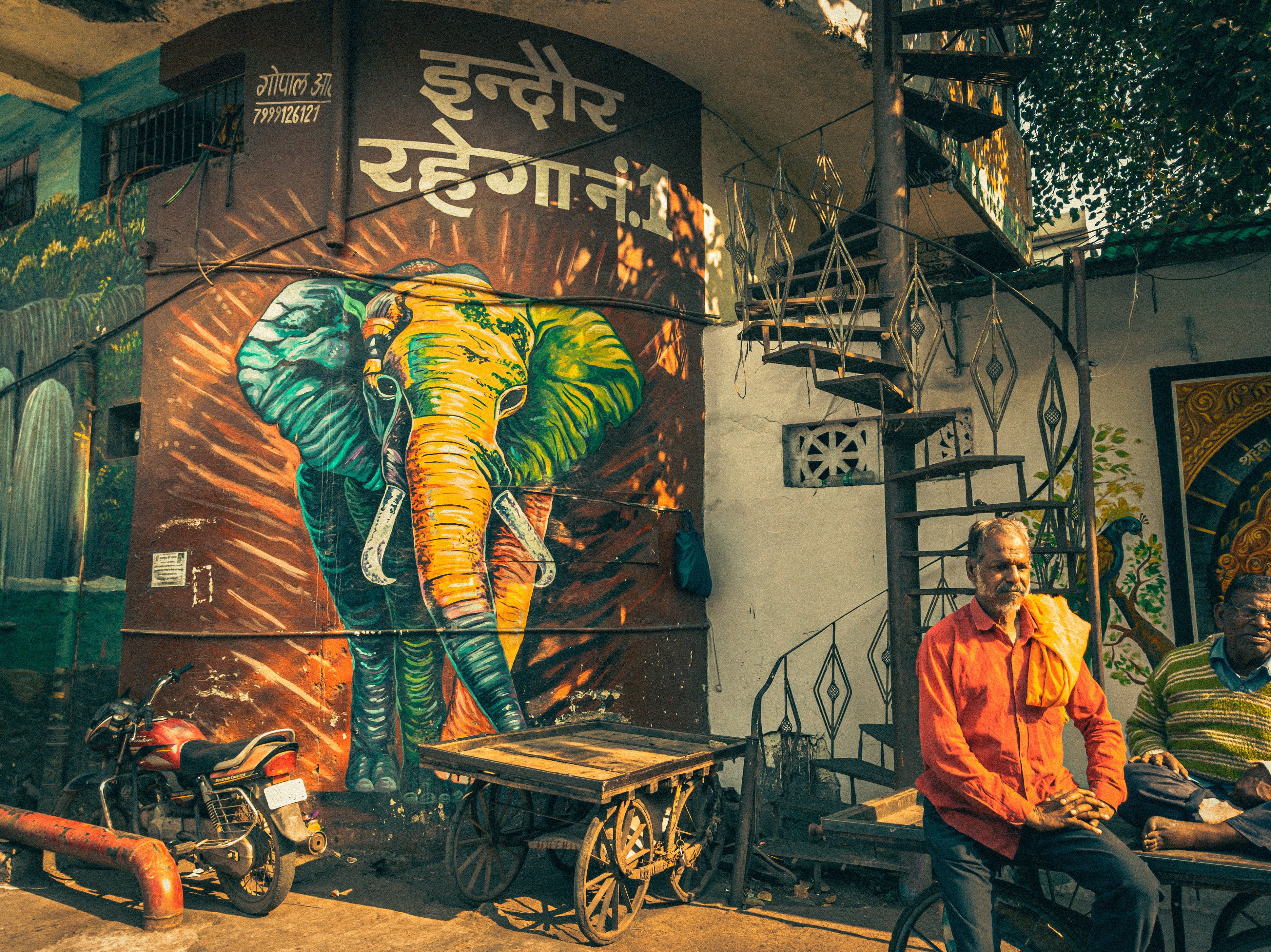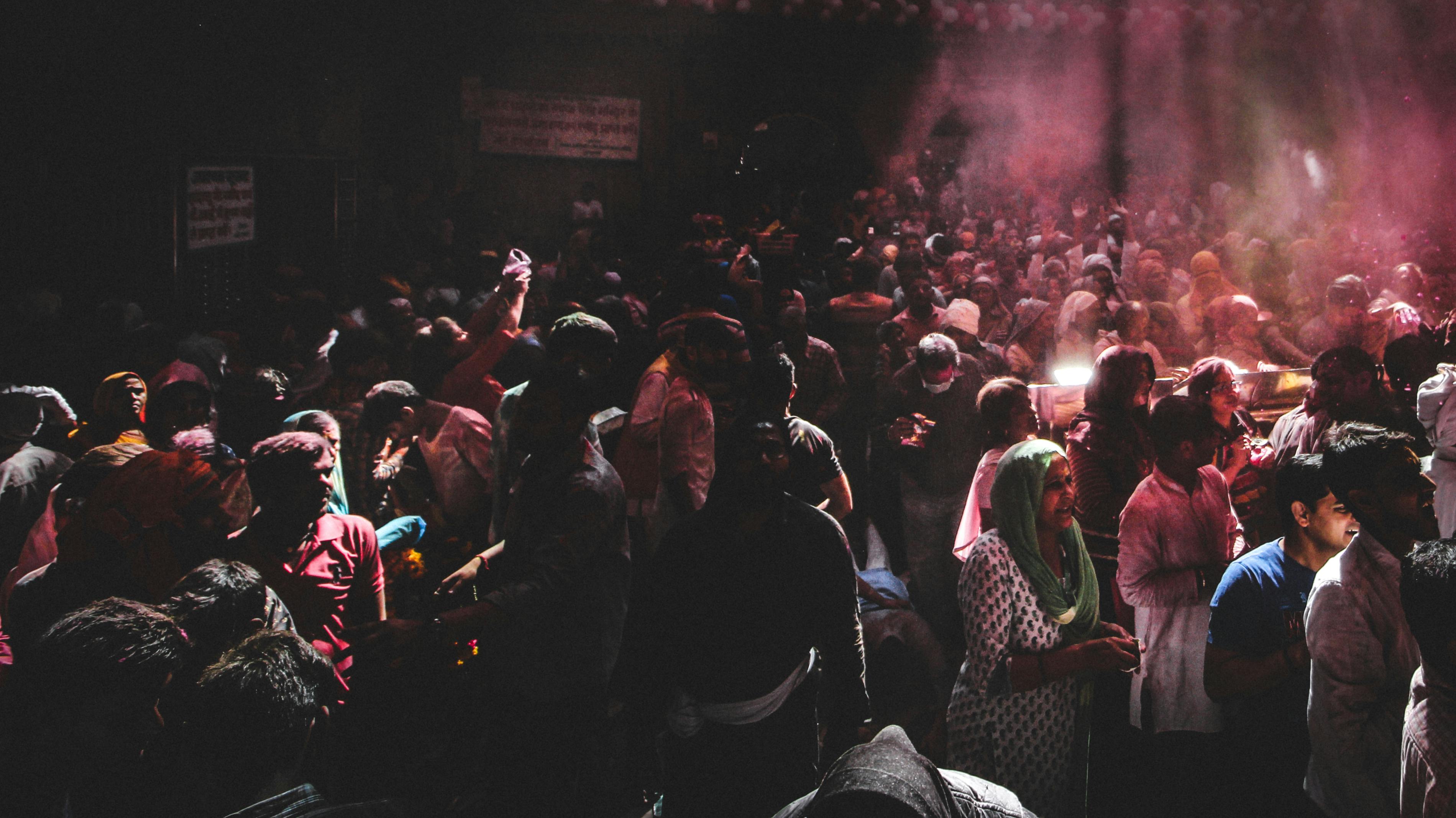Mizoram recently witnessed a significant political shift in its assembly, raising questions about the role of youth in shaping the state's political landscape. With an average age of 54 among its Members of the Legislative Assembly (MLAs), the new Mizoram assembly stands at 92% male and 8% female. However, amidst this demographic, noteworthy young leaders have emerged, bringing fresh perspectives and energy to the political forefront.
Jeje Lalpekhula (32), V Malsawmtlaunga (34), and Baryl Vanneihsangi (32) have become key figures within the Zoram People's Movement (ZPM), a political entity that originated as a common platform for six small regional parties and civil society groups in 2017. ZPM took a bold step by fielding various young candidates in the elections, reflecting a commitment to usher in a 'new system.'
Mizoram's political landscape has traditionally been dominated by the Mizo National Front (MNF) and the Congress, with both parties and the BJP holding strong positions in rural areas. However, a noticeable shift towards urban-centric politics has taken place in recent years. In the latest elections, ZPM secured 27 seats, primarily in urban areas, showcasing the changing dynamics of political influence. While the MNF and Congress have historically emphasized rural issues, the ZPM focused on governance and financial reforms, resource mobilization, and the establishment of a corruption-free and transparent government. Chief Minister Lalduhoma, outlining the government's priorities for the first 100 days, highlighted austerity measures to address financial challenges. The emphasis on purchasing cash crops from farmers at minimum support prices demonstrates a commitment to agricultural development.
The lead-up to the assembly elections in Mizoram saw a spotlight on issues central to the state's identity and the well-being of its people. Political parties, including ZPM, underscored concerns such as the lack of infrastructure, corruption, and unemployment. The commitment to addressing these issues reflects the evolving priorities of the electorate.
The recent Mizoram elections have provided a platform for young leaders to make their mark, challenging the traditional political narrative dominated by established parties. The urban-centric focus of the ZPM, coupled with its emphasis on governance reforms and financial prudence, indicates a paradigm shift in Mizoram's political priorities. As the state grapples with economic challenges and the need for sustainable development, the role of these young leaders becomes increasingly crucial in shaping Mizoram's future.




 (15).png)